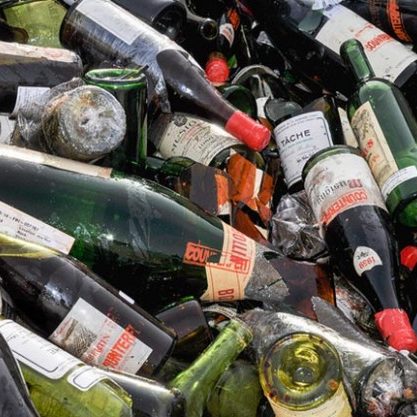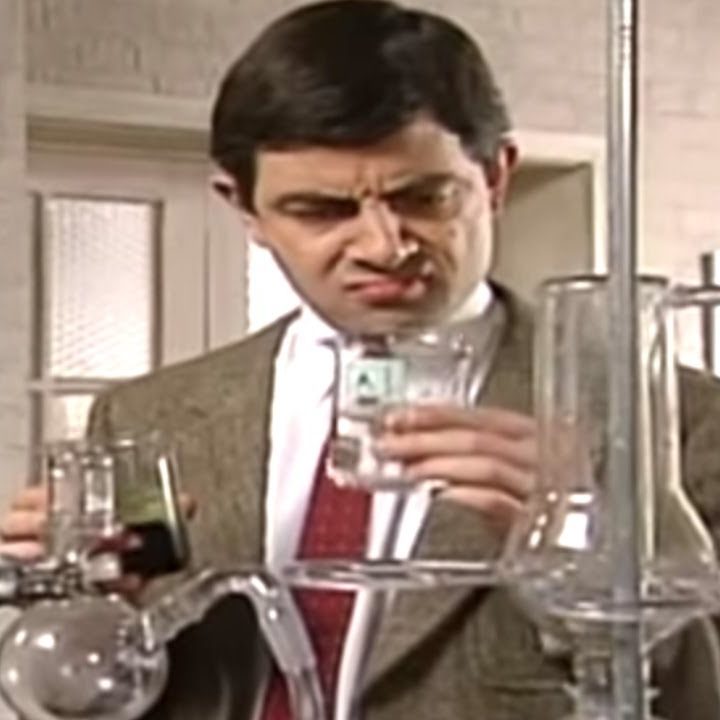SOUR GRAPE: Replicate unique sensory experience?
Photo by: Lynzey Donahue / US Marshals
Talking about fake wine, Chateau Lafite in China market and “Dr Conti” Rudy Kurniawan should be two must-mention topics. The thirst for rare and fine wine is unmeasurable, from new wine lover to high-profile wine collector. What is the deep drive? The complex sensation and excitement that a great wine can bring? The desire of having a rare toy? The monetary value behind the label which implies social class, privileged access, and impeccable taste?
When a daily alcoholic beverage carries more mission than it can afford, what is the evaluation model? How to justify millions of dollars cleared for some old and rare fine wine? Eventually, some energy has been deviated to create shortcut to hunt plus-value of this luxury product.
Fine wine possession and sharing, acting as name card of social networking, let’s leave it to socialist. How about the sensory experience, a role that wine, as an agricultural product, can bring?
What is in the wine? Simply said, it is an ensemble of macro-elements, such as alcohol, acidity, sugar, tannin, and micro-elements, phenolic compounds, volatile flavour chemicals, such as Methoxypyrazines (for example, Cabernet Sauvignon has high levels of methoxypyrazines).
Scientifically, this product can be replicated in laboratory. For a young simple wine, which has eventually simple profile, imagine that the process can be relatively easy. Concerning a developing red wine, the accuracy of the copy might depend on how detailed the replica process goes, also, conditionally, it is a snapshot of development upon opening the bottles, or after deliberate several hours of aeration.
Which means technically, with an authentic rare wine, we can create a duplicated fine wine experience. This will not only spread unforgettable pleasure to other consumers, but also create another channel to keep your own unforgettable memory physically.
Take a step further, do we really need to drink the bottle to get the sensory experience? If you just want to know the smell and taste, science technology can give the answer as well… you might know that the Nobel Prize winner Linda Buck in 1991 about discovery of 10000 genes that encode odorant receptors. Smell and taste by touching has already been used in education area. Forgive me that I haven’t made a thorough research on this topic yet, however, not too hard to foresee that the famous “Nez-Du-Vin” can be complemented and upgraded by “Nez-et-Palais-du-Vin” – a touchable full sensory experience. And again, alternatively, a wine can be tasted or judged by a complex “PLUG-IN”.
Close today’s flowing words with a glass of Talbot in the hand! Chin-Chin!
Article by: Jin ROGER, DipWSET
© 2024 Vinetude - All Right Reserved

